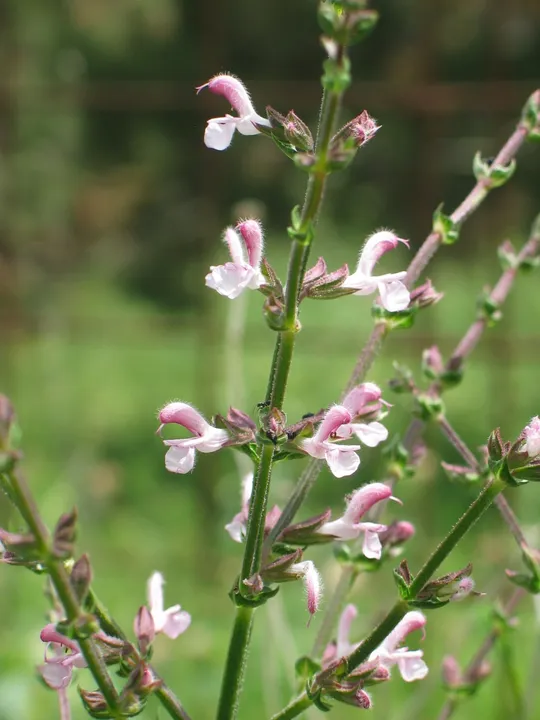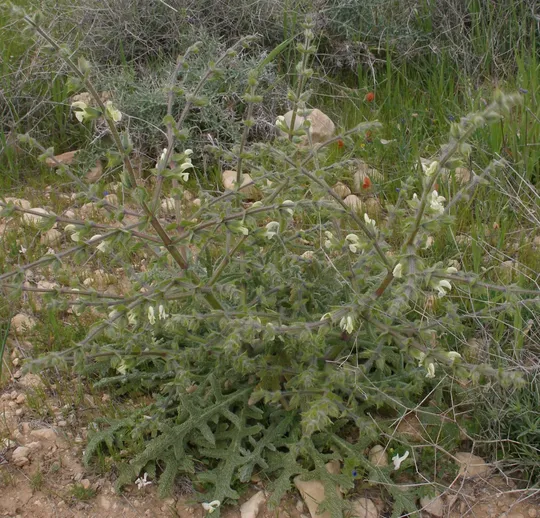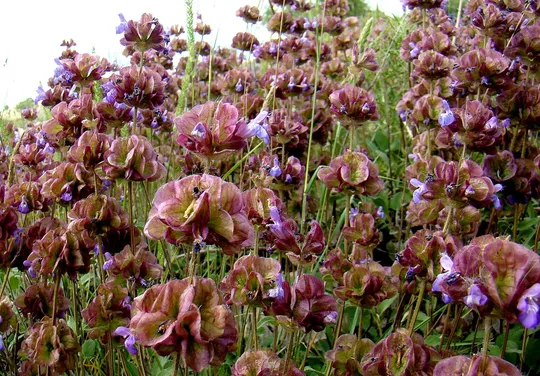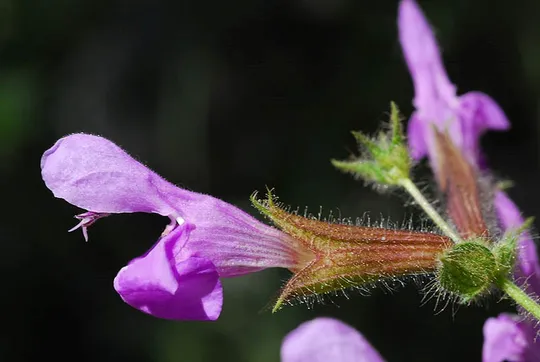Salvia bracteata
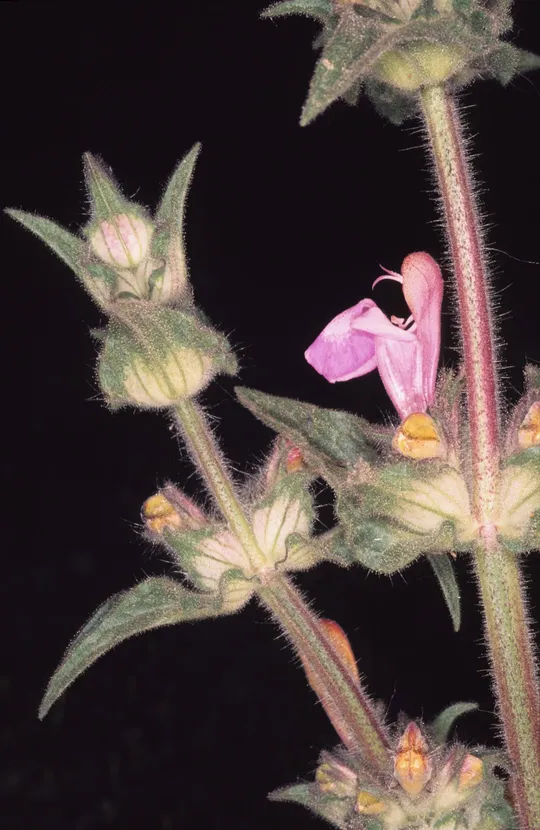
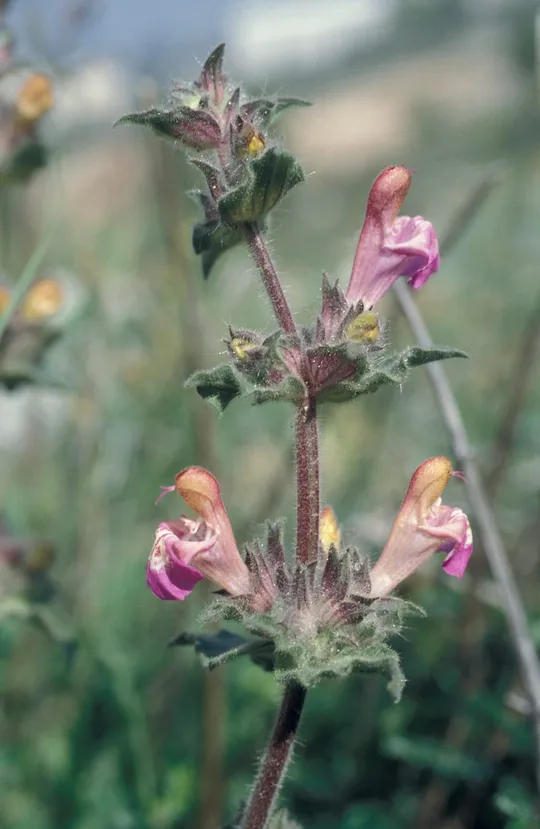
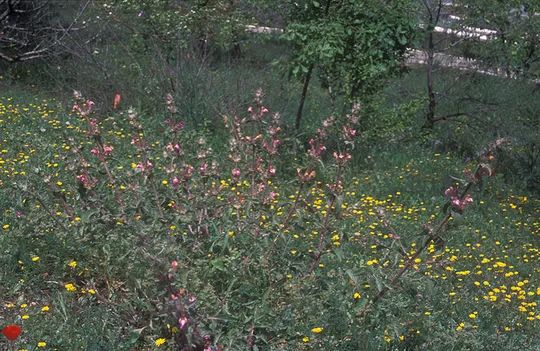
Salvia bracteata was collected in
the Judean Mountains at four sites in the Jerusalem area, although it is now
extinct in all four of them. The population that grew in Givat Ram was moved to
the botanical garden when the Begin road was paved in 1994. Dr. Michael Avishai
collected seeds from another population in the Givat Mordechai area before it
became extinct and they too are grown in the botanical garden.
Salvia bracteata grows in dry
Mediterranean scrubland in the Sarcopoterium spinosum plant association,
on limestonel. In the past, it was also found in rocky mountainous fallow
fields. In Turkey, it grows in open transition zone Quercus brantii forests, in
rural areas and on roadsides, at a broad range of altitudes from 50 to 2,000 m
(Hedge, 1982).
Salvia bracteata belongs to the section Eusphace
in the genus Salvia (Feinbrun, 1978). In Israel, S. fruticosa, S. pinnata and S. rubifolia
also belong to this section. All these have a straight or almost straight
corolla edge, a ring of hair in the corolla tube and a number of other
identifying signs. Many of them have pinnate leaves. In eastern Turkey, there
are transition forms between S. bracteata and
S. trichoclada. S. bracteata hybridizes with S. suffruticosa
and produces fertile hybrids (Hedge, 1982). No hybrids or transition forms with
other species have been found in Israel.
Salvia bracteata is extinct in
Israel in its natural growing sites in Jerusalem due to urban development, but
18 plants grow in the Jerusalem Botanical Garden at three sites. In the botanical
garden, germination occurs spontaneously and a few plants become established near
the parent plant. It is difficult to germinate the seeds in artificial
conditions and those that do germinate do not survive the first post-germination
summer. However, it is easy to breed the plant from cuttings in early winter,
before flower buds appear at the ends of the stems. Seeds and cuttings were
also transferred to other gardens in the country in order to reduce the chances
of extinction.
No information is
available on its threat and conservation status in the Middle East.
Salvia bracteata propagation methods should
be studied to create an effective seeding and cultivation protocol. New sustainable
populations should be established in the Jerusalem area.
Salvia bracteata grows in Israel,
Syria (described from Aleppo), northern Iraq, Turkey and western Iran.
Salvia bracteata is a perennial grass
that once grew in Jerusalem but has become extinct due to urban development. It
currently grows only in botanical gardens. It was extremely rare prior to its
extinction as well.
Hedge, I. C. 1982. in Ds, P.H. (ed.). Flora of Turkey, vol. 7. p. 418.
Current Occupancy Map
| 1000 squre meter pixel | 5000 squre meter pixel | 10000 squre meter pixel | |
|---|---|---|---|
| number of observations | 0 | 0 | 0 |
| in total pixels | 0 | 0 | 0 |
| Family | Lamiaceae |
| Classification | On the endangered species list |
| Ecosystem | Mediterranean - High Semi-steppe |
| Chorotype | Western Irano – Turanian |
| Conservation Site |
| Rarity |
1
5
6
|
|---|---|
| Vulnerability |
0
4
4
|
| Attractiveness |
0
2
4
|
| Endemism |
0
0
4
|
| Red number |
1
-1.0
10
|
| Peripherality | N |
| IUCN category | DD EW EX LC CR EN VU NT |
| Threat Definition according to the red book | Extinct |
 Based on:
Based on:
